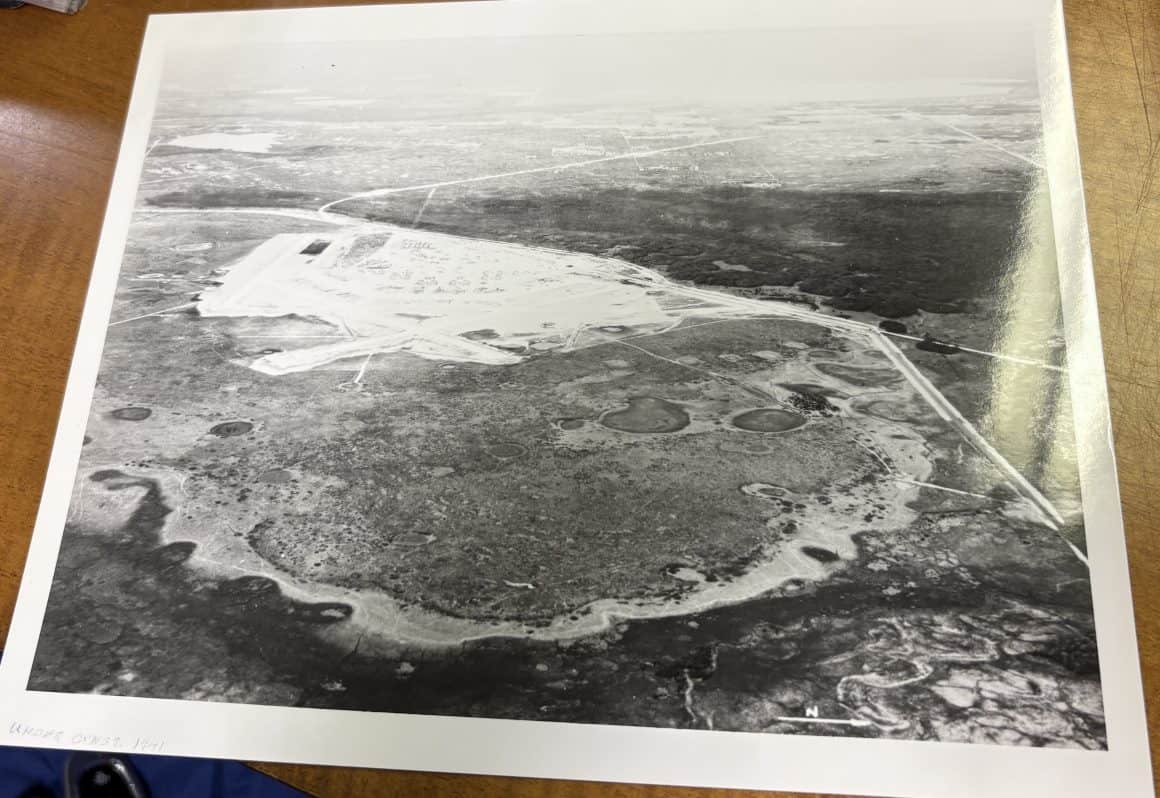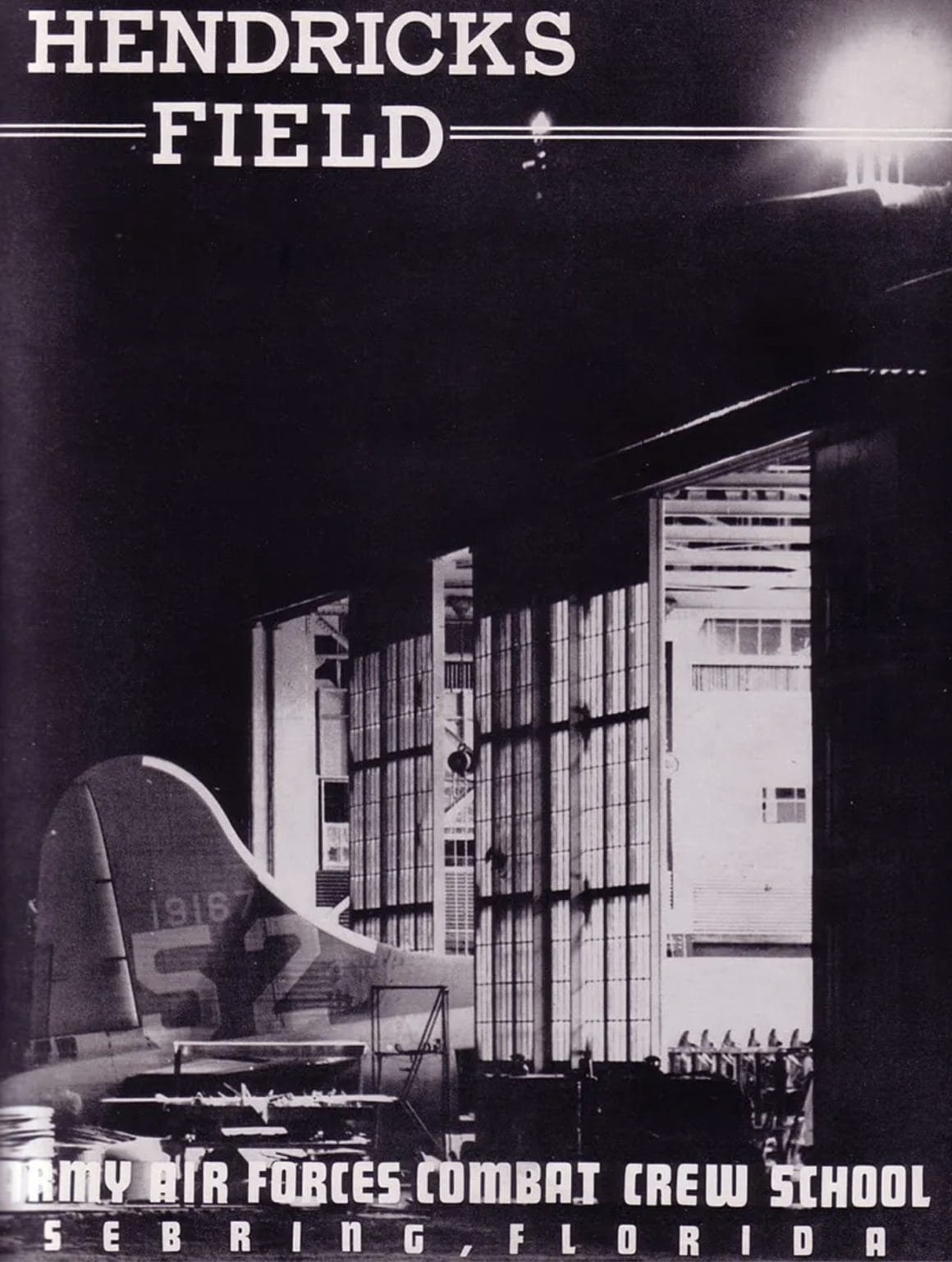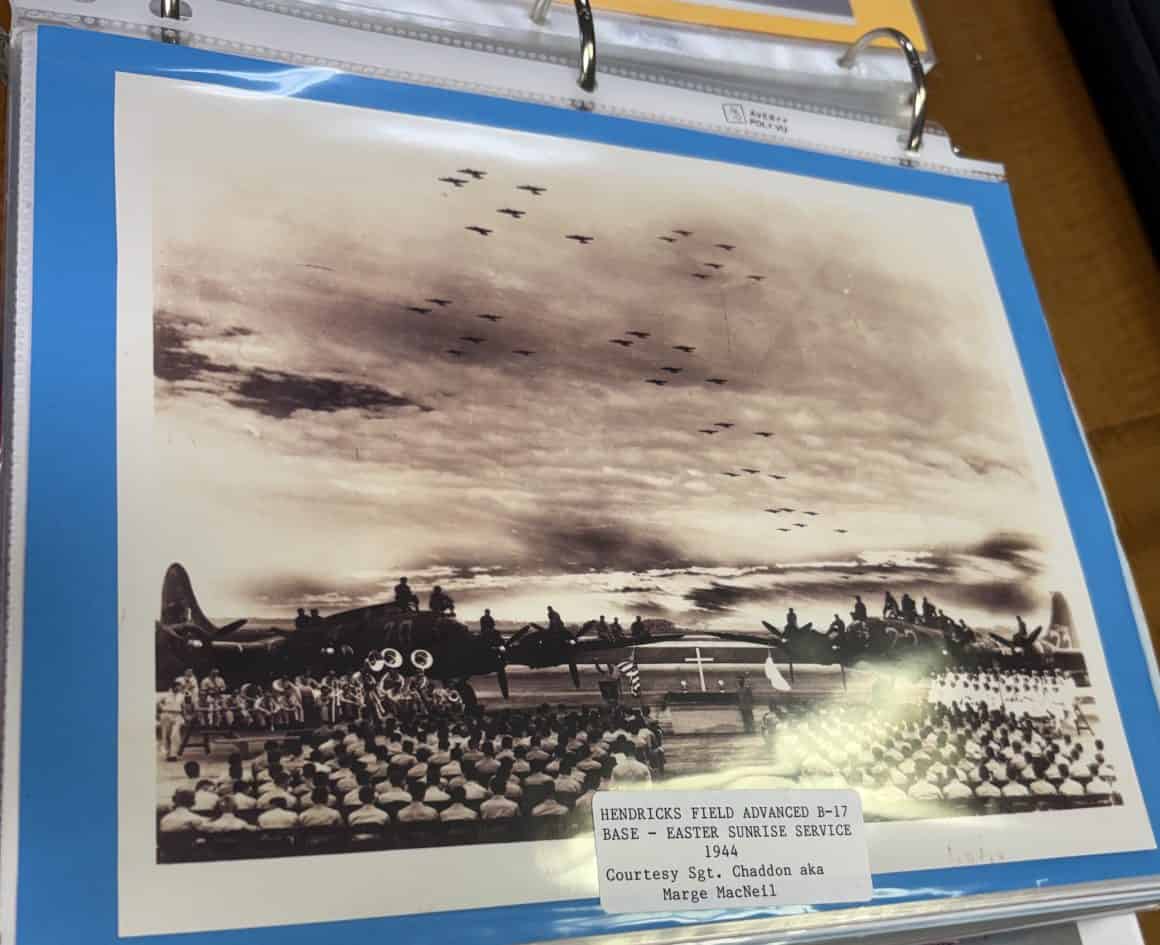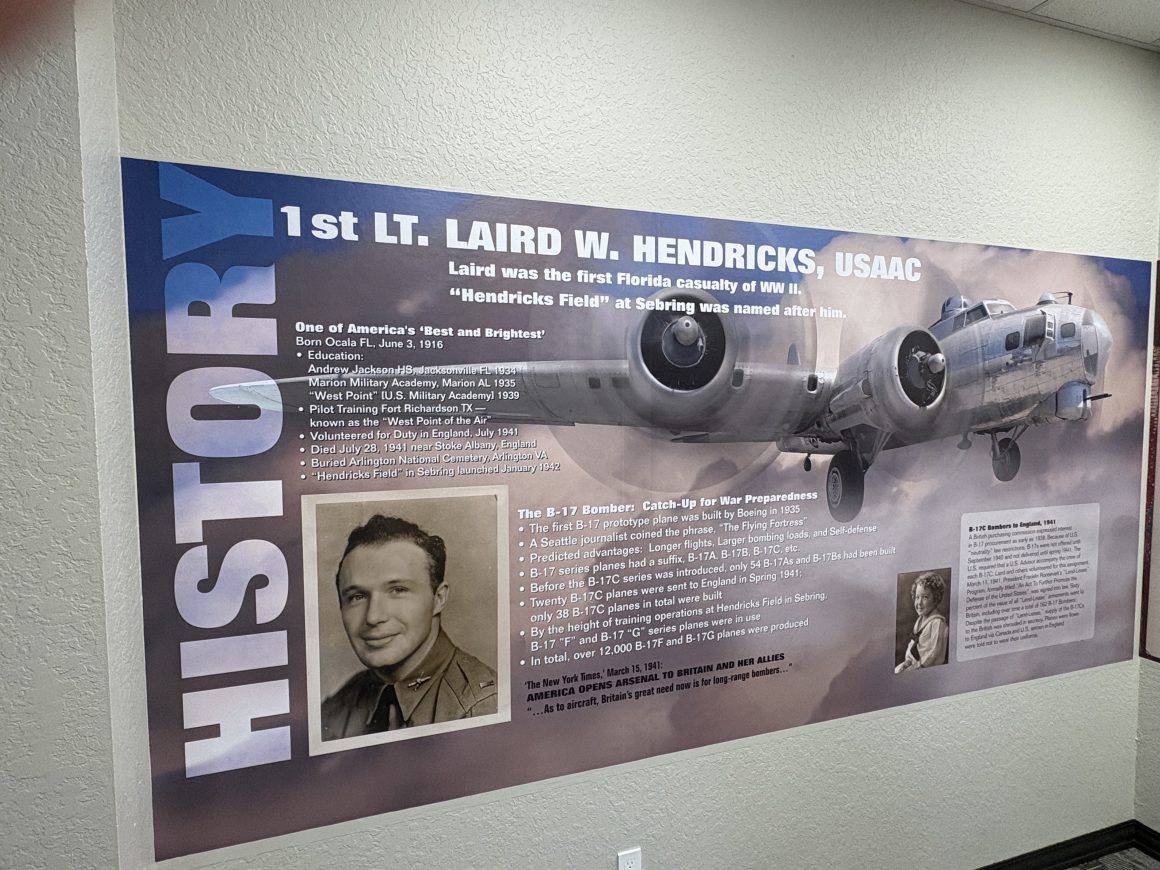Many people probably have never heard of Sebring, Florida. If anything, they only know about it for the Sebring International Raceway, site of the 12 Hours of Sebring endurance race each March.
However, what most don’t know is that the town played a big part in the Allied victory in World War II. There are still signs of Sebring’s rich military aviation history throughout the town, but you have to search for them.
Wartime Need for a New B-17 Training Base
Before the United States entered the war in 1941, Sebring, on the shores of Lake Jackson about 85 miles south of Orlando, was mostly an agricultural and cattle town, with wide stretches of flat, open ground spreading out from the 9,200-acre lake in every direction.

The town of Sebring recognized the potential of its land and contacted the U.S. Government about building a base there. Officers from the U.S. Army Air Corps surveyed the terrain and decided it was a good location for a large airbase. On 12 June 1941, the U.S. Army leased over 9000 acres east of the lake for the new airfield.
Construction for New Base Begins in Sebring, Florida
Construction began on 14 January 1941. The U.S. Army Corps of Engineers supervised the development of the air base. The first soldiers arrived on 5 September 1941 and moved into tents on the shore of Lake Jackson. Before the end of the year, the base had a railroad spur, paved streets, water and sewage, and two-story barracks. The base eventually had 2600 officers and enlisted soldiers.
Most importantly for the bomber mission, workers built four concrete runways, each 5000 feet long and 300 feet wide. The first B-17 landed on 29 January 1942, and pilot and crew training began that March.

Army Air Corps Names Base Hendricks Army Airfield
The new airbase also needed a name. The War Department named it Hendricks Army Airfield in honor of 1st Lt. Laird Woodruff Hendricks, a Florida Native and 1939 graduate of the U.S. Military Academy at West Point. Hendricks died in a B-17 crash in England on 28 July 1941, only three days after he reported there to train other pilots.

On 15 April 1942, Hendricks held the first graduation of its Army Air Forces Combat Crew School. The base was a busy place, with as many as 7,000 takeoffs and landings each week. The B-17s from Hendricks also used local auxiliary airfields at Conners Field in Okeechobee and Immokalee Municipal Airport. The base was not only for training, as its B-17s also performed submarine patrols along the Atlantic coast.

Hendricks B-17 Training Base Converts to Civilian Site Following War
When the war ended, the government decided there was no longer a need for the large B-17 training base and deactivated Hendricks in December 1945. The abandoned base was turned over to the City of Sebring on 1 May 1946, and the name changed to Sebring Air Terminal and Commerce Park.
Today, the airfield is named Sebring Regional Airport & Commerce Park. In the years since 1946, the airport authority demolished most of the original building and other World War II-era facilities, but there are still some reminders of its wartime mission.
Only A Few Reminders of The Base’s World War II Past Remain
The largest and most visible reminder of Hendricks Army Air Field is the vintage control tower near the northwest corner of the site. During the war, personnel in the tower controlled the air traffic on the base. No longer used, the tower remains a reminder of the airfield’s wartime past.

There are a few more reminders inside the Sebring Regional Airport terminal. Just inside the entrance, there is a display with posters and signs showing what the base looked like during the war. On the other side of the hall, there is a U.S. Army Signal Corps telephone switchboard from the Hendricks Field message center.
In the Runway Café, also in the terminal, photographs and maps from the base’s past hang on the walls. Just outside the hangar, there is a small monument honoring those who served at Hendricks during the Second World War.

A short distance away, on the grounds of Sebring International Raceway, a monument at the base of the flagpole, once the geographic center of Hendricks Field, honors the site’s World War II past. Also at the Raceway, the former officers’ club still stands. It has been completely renovated as an exclusive venue to watch the races.
Sebring International Raceway
A portion of the original airfield became the Sebring International Raceway, and the first race took place in 1950. It draws close to 200,000 spectators for the endurance race each March. Where B-17 bombers once roared over Sebring and Lake Jackson, now the engines of powerful racecars echo over the airfield.
It’s impossible to know how many race fans realize the important role the site played in the Allied victory in World War II. It’s also probably safe to say that the heroes who trained there would be happy to know their airfield is now a place people go for competition and fun instead of preparation for war.
Race Car on a Training Lap at Sebring International Raceway. | Video: Bill Lindner
